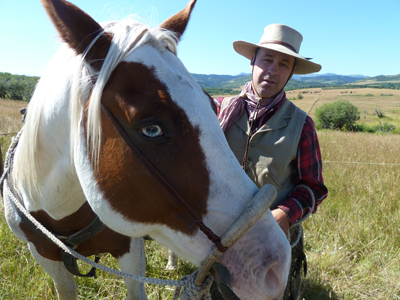This impact story was published by Conservation Northwest.
Learn more about us, or see the lives we've changed!


posted October 22, 2012

Washington is now home to eight confirmed packs of wolves and Conservation Northwest expects that number to grow over the next decade. With wolves here to stay, they are helping implement the state’s management, adopted last December, by providing tools to ranchers so that livestock and wolves can avoid conflict. This is a vital part of making the plan work on the ground. Conservation Northwest’s Jasmine reports on her time in Longview, Alberta:
“Joe has been managing a ranching cooperative on the eastern slopes of the Rocky Mountains, just outside of Longview, Alberta for the last decade. The livestock summer in high mountain country and winter on lower
range-land, grazing in areas where several wolf packs also live. When I asked Joe if he has lost a lot of calves to wolves, he could scarcely remember the last time it had happened. He attributes his success to a unique collaboration of 40 ranchers who have joined together to share their manpower and take turns riding one another’s cattle. Assisted by biologist Tim of the Mountain Livestock Cooperative, they are implementing a groundbreaking program that aims to manage cattle so that they mimic the defense behaviors of natural prey such as bison. This means that they ride with their cattle at least once a day and try to keep the herd together in larger groups. Joe explained that human presence itself is really effective at deterring wolves. In fact, since the project began, they have had no cattle lost to wolves.”
Your donation helps hire a range rider for one affected ranch. Range riding is a tool that helps replace the feeling of “helplessness” with the knowledge and determination that “something can be done” where wolves and cattle overlap. Thank you, Alyce for protecting the livelihood of farmers and the survival of wolves.
Read more »